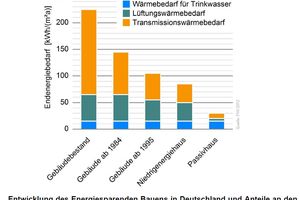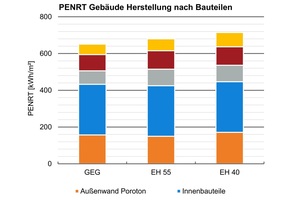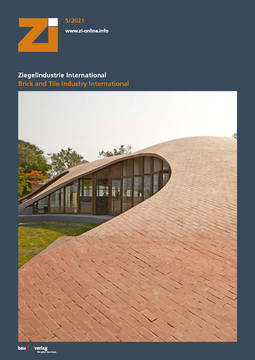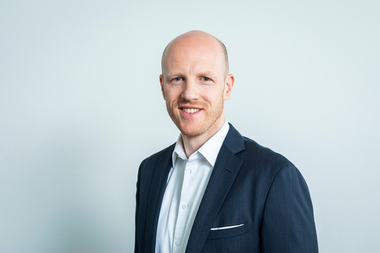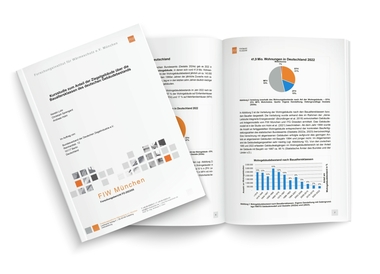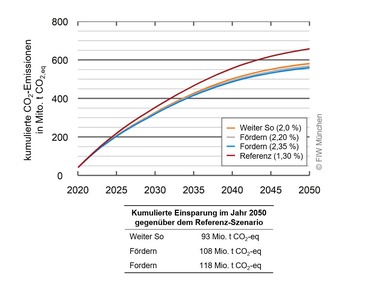Energy saving in operation remains decisive
A study by the Research Institute for Thermal Insulation (FIW) Munich and the Institute for Technical Building Equipment (ITG) Dresden, commissioned by Deutsche Poroton, investigated the influence of grey energy on the energy balance of monolithic exterior wall constructions made of highly insulating bricks. According to this study, the energy savings in operation for the entire life cycle clearly outweigh the energy expenditure of the grey energy, especially due to the very long utilisation phase. The head of research for this study was Prof. Dr. Andreas Holm from FIW.
Life cycle assessment over the entire life cycle
The core of the study is a life cycle assessment over the entire life cycle for a realistic type house in solid construction by Arge Kiel. The exterior walls consist of a monolithic construction of perlite-filled bricks, which means that no additional insulation layers are required.
For this building, the LCA was drawn up with three different energy levels (GEG, EH 55 and EH 40) as well as six different building services variants, on the basis of which the influence of grey energy - represented as cumulative, non-renewable energy expenditure (PENRT) – could be examined.
Figure 2 shows the distribution of the grey energy for the building construction according to components and materials in the three different energy levels. The share for the Poroton bricks of the exterior walls is about 20 percent in all three variants. The marked improvement in operating energy efficiency over the years when moving from the GEG level to KfW-subsidised buildings has relatively little influence on the grey energy.
What is striking, however, is the large share of grey energy in interior components. Floor ceilings and interior walls, together with the basement, account for about twice as much grey energy as the exterior walls, which is why this is where the greatest leverage for reduction lies. The same applies to windows, which require the highest proportion of grey energy of all building components in comparison to their surface area.
Operating energy
remains decisive
For an evaluation over the entire life cycle, the grey energy must be combined with the necessary renewal of building components and put in relation to the primary energy demand during use. The study shows that the energy demand for operation is significantly higher than the grey energy for construction. Depending on the calculated building variant, operation requires 56 to 75 percent of the total energy over the life cycle. Reducing transmission heat losses to today‘s levels is therefore the most efficient measure for reducing the total energy demand.
The main difference is made by the service life, due to the long service life of Poroton brick constructions, far beyond 80 years. Annual savings in primary energy of up to 14 percent are possible through longer use and the avoidance of renewals alone.
The study comes to the conclusion that the energy savings realised in operation clearly pay off in comparison to the additional expenditure on grey energy. Good thermal insulation and efficient systems engineering are sustainable and ecologically sensible. Grey energy should be taken into account, but not played off against good thermal insulation, states Prof. Holm‘s research team.

